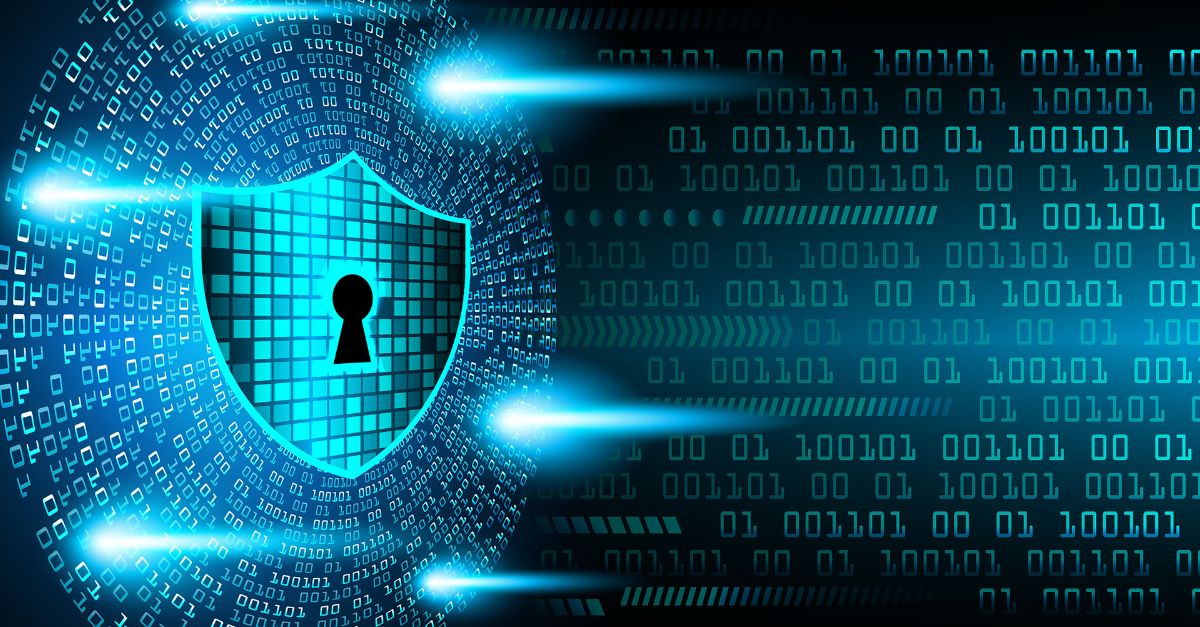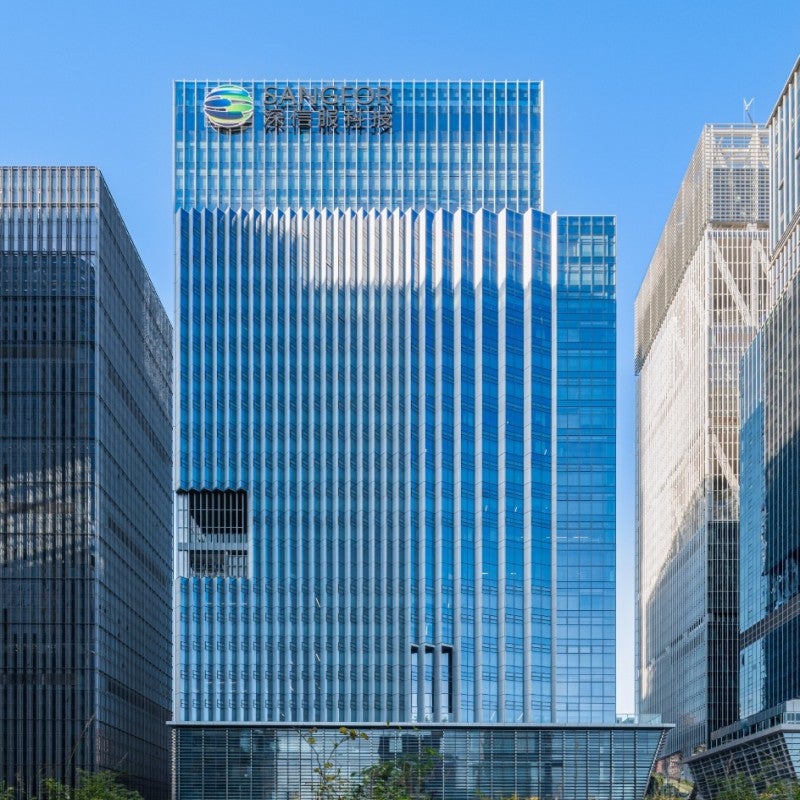Introduction to Data Center Security
In today's digital-first economy, data centers serve as the critical nerve centers powering business operations, cloud services, and global communications. Data center security encompasses a holistic framework of physical safeguards, cybersecurity protocols, and network protection mechanisms designed to defend these vital facilities against an ever-evolving threat landscape. Modern data centers face multifaceted risks ranging from sophisticated cyberattacks and insider threats to natural disasters and infrastructure failures. The security strategy must ensure the confidentiality, integrity, and availability (CIA triad) of data while maintaining compliance with stringent regulations like GDPR, HIPAA, SOC 2, and ISO 27001. As attack vectors grow more complex - including ransomware, supply chain compromises, and AI-powered threats - organizations must adopt a defense-in-depth approach that integrates cutting-edge technologies with robust operational procedures.

The Critical Importance of Data Center Security
In our increasingly digital world, data centers have become the lifeblood of global commerce and national infrastructure. The security of these facilities now represents not just an IT concern, but a fundamental business imperative with far-reaching consequences.
- Financial and Operational Impacts: The financial repercussions of data center security failures have reached unprecedented levels. Recent analyses reveal that the average cost of a data center outage now exceeds $740,000, with major incidents frequently surpassing $1 million in direct costs. These figures encompass emergency response teams, forensic investigations, equipment replacement, and legal expenses. More alarmingly, indirect costs such as stock price declines (averaging 7.5% post-breach), increased insurance premiums, and loss of investor confidence can have lasting impacts. Studies show that 20% of affected companies experience ongoing financial underperformance for three or more years following a significant security incident.
- Regulatory Compliance Landscape: The global regulatory environment has become increasingly complex and stringent. Multinational organizations now must navigate overlapping regulations including GDPR, CCPA, PIPL, and LGPD, each with its own compliance requirements and penalty structures. Emerging standards like the EU's Digital Operational Resilience Act (DORA) introduce new mandatory controls, while third-party risks continue to grow - with 62% of regulatory penalties now stemming from vendor-related compliance failures. These developments reflect a worldwide shift toward holding organizations accountable for their entire digital ecosystem.
- Reputation and Business Continuity: The reputational damage from security incidents can be devastating. Research indicates that 78% of consumers will abandon a brand after a data breach, while 65% of technology professionals actively avoid employment with companies that have poor security track records. From an operational perspective, single outages can disrupt entire digital ecosystems, with unplanned downtime costing enterprises over $5,600 per minute. These disruptions not only impact immediate revenue but can delay strategic initiatives and allow competitors to gain market advantage during recovery periods.
Components of a Comprehensive Security Framework
Physical Security: The First Line of Defense
Modern data centers require sophisticated physical security measures. Leading facilities incorporate seismic safeguards like base isolation systems, hurricane-rated construction, and electromagnetic shielding. Access control includes multi-modal biometric authentication and mantrap entry systems with anti-tailgating technology. Monitoring solutions leverage AI-powered behavior analysis through thermal imaging and autonomous drones. Environmental controls feature liquid cooling, AI-optimized airflow systems, and nano-coating technologies.
Cybersecurity: Protecting the Digital Perimeter
The cybersecurity landscape has grown increasingly complex. Network security includes self-learning firewalls, deception grid technologies, and quantum key distribution. Endpoint protection features hardware-based roots of trust, runtime memory validation, and cryptographic firmware verification. Identity management uses continuous behavioral authentication, blockchain-based credentials, and robotic privileged access management.
Operational Resilience: Ensuring Continuous Availability
Operational resilience extends beyond traditional redundancy. Power infrastructure includes solid-state batteries, hydrogen fuel cells, and AI-driven load shedding. Data integrity measures use blockchain-based ledgers, zero-knowledge proofs, and Faraday vaults. Disaster recovery strategies mandate geographic separation, automated chaos engineering, and isolated cyber recovery solutions.
Advanced Security Strategies for Modern Data Centers
- Zero Trust Architecture Implementation: The zero trust model now features application-aware microsegmentation, machine learning-driven policy automation, and comprehensive encryption. Software-defined perimeters enable dynamic network reconfiguration, creating adaptive security zones.
- AI-Powered Security Operations: AI has transformed security operations through predictive analytics, anomaly detection, and automated response systems. Threat intelligence fusion correlates data from multiple feeds, enhancing situational awareness.
- Quantum-Resistant Infrastructure: Organizations are implementing post-quantum cryptographic algorithms like CRYSTALS-Kyber and Falcon signatures. Quantum networking experiments include entanglement-based key distribution, while homomorphic encryption enables secure computation on encrypted data.
Compliance Landscape and Certification Requirements
The regulatory environment for data centers continues to evolve rapidly. The updated TIA-942-C standard now includes specific requirements for edge data center deployments to support 5G and IIoT implementations. ISO 27001:2024 introduces new AI governance controls to address machine learning system security, while NIST SP 800-218 provides the Secure Software Development Framework (SSDF) for improved software assurance. PCI DSS 5.0 brings enhanced API security requirements to protect microservices architectures. Emerging frameworks like CIS Controls v9 expand coverage for cloud and container environments, NIST CSF 3.0 enhances supply chain risk management provisions, and ISO 27009 enables sector-specific implementations of information security standards. These developments reflect the growing recognition that data center security must address not just technical controls, but also organizational governance and ecosystem-wide risks.
Addressing Emerging Threat Vectors
- Advanced Persistent Threats (APTs): Modern APTs leverage AI-powered malware that uses generative adversarial networks to create polymorphic code and reinforcement learning to optimize attack strategies. Living-off-the-land techniques have evolved to exploit container escape vulnerabilities and abuse serverless functions. Defense strategies now incorporate advanced memory forensic tools, sophisticated deception networks, and runtime application self-protection (RASP) technologies.
- Insider Risk Management: Insider threats remain among the most challenging risks to detect and mitigate. Modern solutions analyze hundreds of behavioral indicators including atypical data access patterns, after-hours activity spikes, and privilege escalation attempts. Protection stacks now combine user entity behavior analytics (UEBA), granular privileged access management (PAM), and digital rights management (DRM) solutions to create defense-in-depth against internal threats.
- Supply Chain Security: Hardware risks have escalated to include concerns about silicon-level backdoors and counterfeit components, while software supply chain attacks increasingly employ typosquatting and dependency confusion techniques. Leading organizations now implement comprehensive hardware bills of materials (HBOM), automated software composition analysis (SCA), and cryptographic provenance verification to mitigate these risks.
The Future of Data Center Security
- Autonomous Security Systems: The next generation of security systems will feature self-healing networks capable of automatic patching, configuration remediation and attack surface reduction. Closed-loop security operations will implement continuous detect-decide-respond cycles with machine learning-driven feedback mechanisms that adapt to evolving adversary tactics.
- Confidential Computing: Always-encrypted data processing through secure enclaves, encrypted memory buses and protected cache architectures will enable new use cases including cross-organization analytics, privacy-preserving machine learning, and secure multi-party computation without exposing sensitive information.
- Neuromorphic Security Chips: Hardware-accelerated threat detection through neuromorphic chips featuring analog neural networks will enable nanosecond response times with minimal power consumption. These physically secure chips will resist tampering while performing continuous anomaly recognition at the silicon level.
- Edge Security Innovations: The expansion of 5G networks creates new challenges including massively distributed attack surfaces, stringent latency requirements, and extreme device diversity. Emerging solutions include lightweight cryptographic protocols, federated learning approaches, and edge-native zero trust implementations designed for resource-constrained environments.
Conclusion
As digital transformation accelerates, data center security must evolve beyond traditional perimeter defenses. The future belongs to adaptive security architectures that combine:
- Zero Trust principles for granular access control
- AI-driven operations for real-time threat response
- Quantum-safe cryptography for long-term protection
- Resilient design for continuous availability
Organizations that invest in comprehensive, future-ready security strategies will maintain competitive advantage while effectively managing cyber risk in an increasingly complex threat environment.
Frequently Asked Questions
Physical security (biometric access, environmental controls), cybersecurity (encryption, zero trust), and operational resilience (redundancy, disaster recovery).
Implement ISO 27001 controls, conduct regular audits, and maintain documented security policies.
Enables predictive threat detection, automated incident response, and anomaly identification.
Deploy user behavior analytics, implement privileged access management, and conduct regular access reviews.
Eliminates implicit trust, reduces attack surface, and enables granular access control.
Quarterly vulnerability assessments, annual penetration tests, and continuous compliance monitoring.
Misconfigured cloud storage, unpatched systems, weak access controls, and supply chain risks.
Implement multi-factor biometric access, mantrap entry systems, and thermal imaging surveillance.
Ensures continuous operations during outages via backup power, network paths, and data replication.
Conduct phishing simulations, security awareness workshops, and red team exercises.





